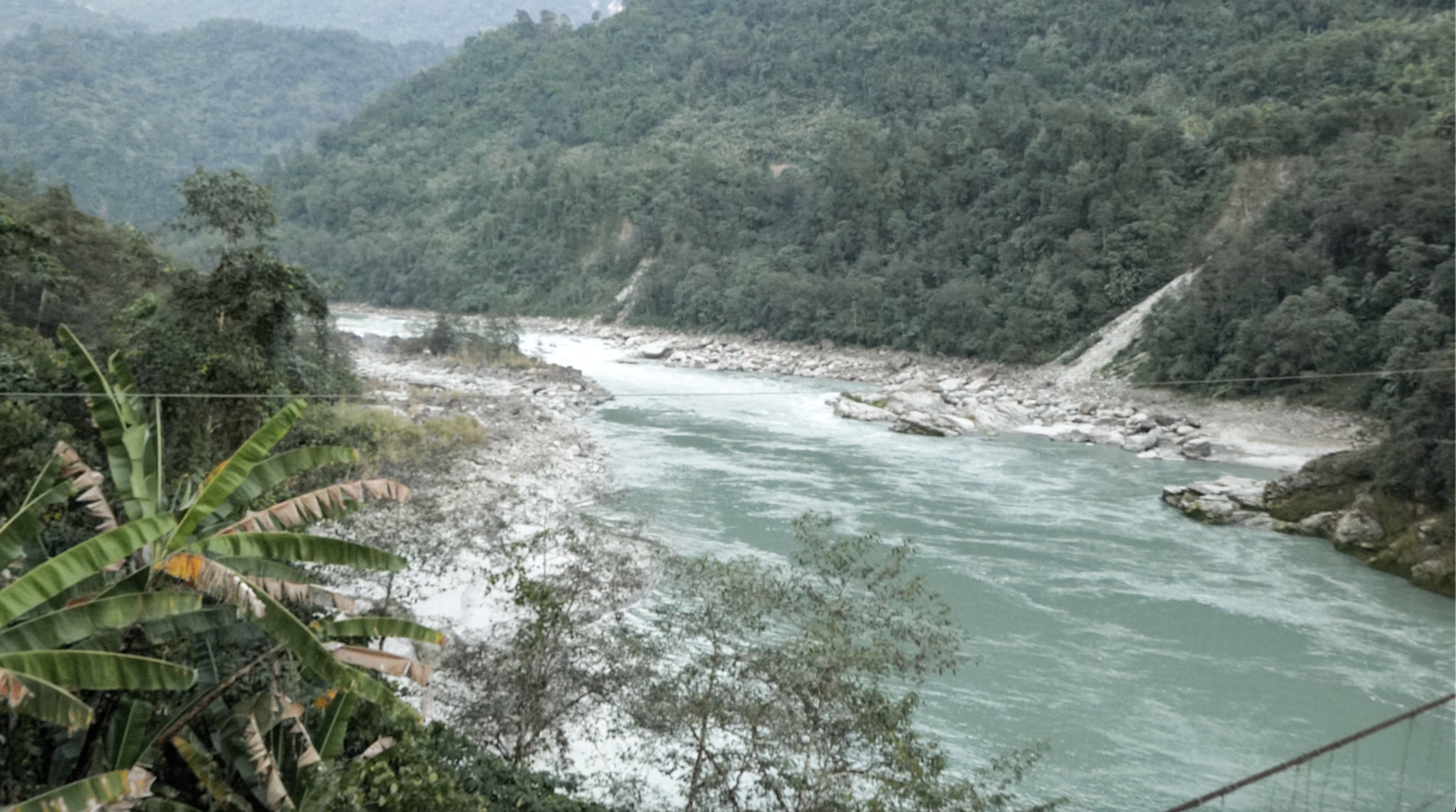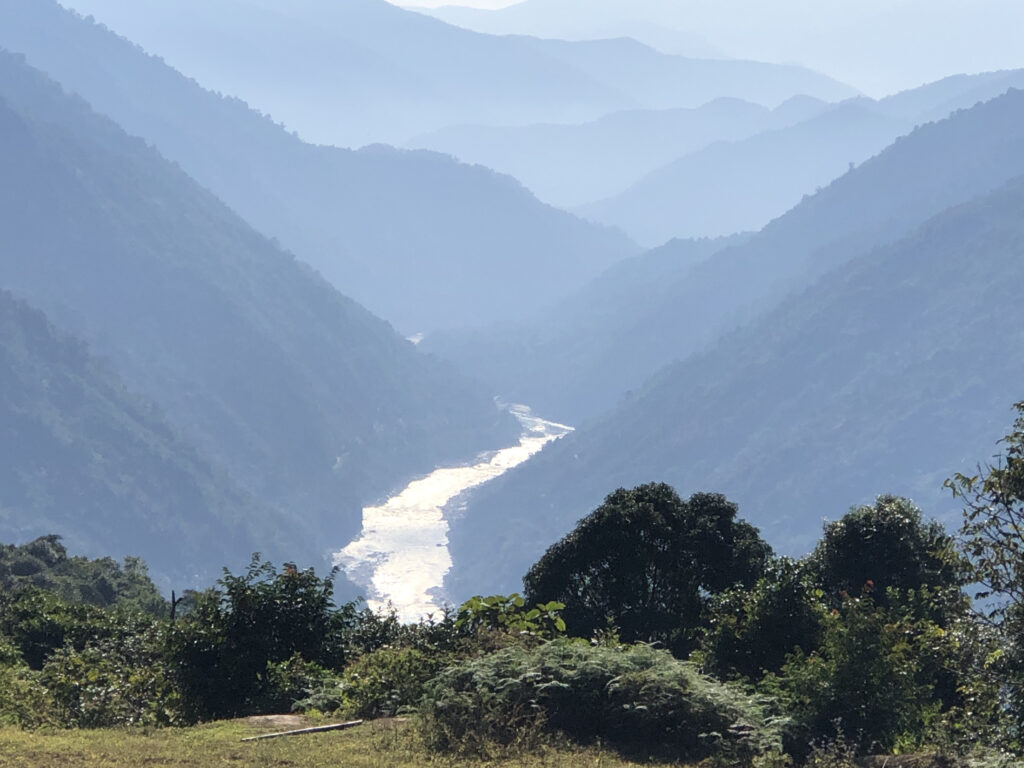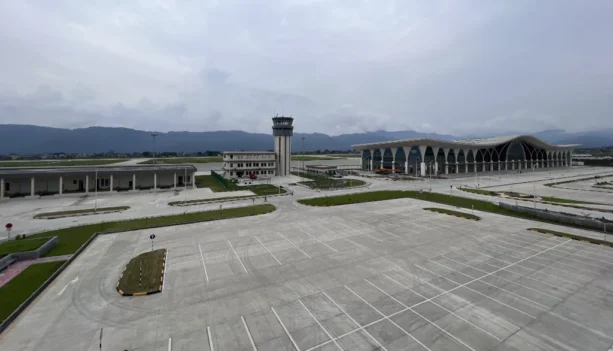As protests against the proposed 11,000 MW Upper Siang hydropower project continue in Arunachal Pradesh’s Siang and Upper Siang districts, the debate requires a nuanced perspective. While the apprehensions of local residents regarding displacement and environmental impact are significant, the broader context of India’s energy needs and security concerns cannot be ignored.
The Upper Siang project has been conceptualised with a view to countering China’s 60,000 MW hydropower project in Medog, Tibet, located just 30 km from the international border near Arunachal Pradesh. The Chinese project, on the Yarlung Tsangpo (known as the Brahmaputra in India), poses potential threats, including the diversion of water through a proposed South-North Diversion Project spanning 1,000 km. Numerous security experts have warned that such activities could adversely affect the 2,700 MW Lower Siang Hydroelectric Project (LSHP), a run-of-the-river project, by reducing water availability or creating artificial floods.
In contrast, the Upper Siang Hydroelectric Project (USHEP) offers a solution with its proposed large water storage reservoir, which could mitigate these risks. With a buffer storage capacity of 9 billion cubic metres, it would ensure water availability during lean seasons and absorb excess floodwater released by China. According to security experts, such a project could counteract China’s hydro-strategic advantage while addressing India’s energy and security concerns.
The proposed 11,000 MW project, however, has faced significant resistance from local residents and activists, who fear large-scale displacement and environmental damage. This opposition gained momentum following the deployment of Central Armed Police Forces (CAPFs) and additional police to facilitate surveys for the project’s pre-feasibility report, a necessary step for assessing costs and viability. Despite resistance, authorities have pushed forward, emphasising the strategic necessity of the project.
Concerns stem from China’s history of water diversion, with a CGTN TV report in February 2023 noting that China has already diverted 60 billion cubic metres of water since November 2013 to meet the needs of drought-prone northern regions. National Security Advisory Board member Devendra Kumar Sharma has in article published on NatStrat a year ago highlighted that the Upper Siang project’s buffer storage could serve as a safeguard against sudden water releases from China’s Great Bend project, ensuring the Brahmaputra’s flow remains unaffected.

The NHPC’s pre-feasibility report for the Upper Siang project, submitted on 30 December 2022, outlines an installed capacity of 11,000 MW, a storage capacity of 9-10 billion cubic metres, and an estimated cost of Rs 1,13,trillion. While critics have expressed caution about large dams’ environmental impact, some argue that scientific safeguards could balance ecological protection with economic progress.
Sharma believes the project will transform Arunachal Pradesh’s economy, generating jobs and fostering local economic opportunities. In his report he claims that the reservoir’s 125 km stretch could enhance fish breeding, provide water transport in difficult terrains, and boost tourism through water sports, generating long-term revenue for local communities.
Additionally, the project is expected to contribute to India’s climate commitments, aligning with the 2015 Paris Agreement and facilitating a transition to renewable energy. Government officials have noted that the dam could help India phase down coal use while addressing the Brahmaputra basin’s climate challenges.
Environmental scientists and ecologists have emphasised the importance of rigorous environmental impact assessments (EIAs) to address risks in the fragile Himalayan region. In a previous interview related to the Subansiri Lower Hydroelectric Project (SLHEP), ecologist and former ICIMOD scientist Dhrupad Choudhury warned about the Himalayan region’s vulnerability, stressing the need for regular independent EIAs and technical reassessments to prevent downstream impacts.
Choudhury highlighted the importance of early warning systems for flood management, suggesting mechanisms like the Flood Early Warning Systems (FEWS) deployed along Assam’s Jiadhal and Singara Rivers. He also recommended establishing platforms for regular dialogue between project stakeholders and affected communities, enabling resolution of conflicts and fostering collaboration. He noted that involving state governments, NHPC, and even the central government in such discussions could lead to solutions that balance development with local needs.
Amid the ongoing debates, Arunachal Pradesh Chief Minister Pema Khandu recently chaired a meeting with ministers and legislators from Siang and Upper Siang districts, stating there was “unanimous support” for expediting the project. While opposition persists, locals have shown a willingness to engage with the government, signalling hope for a balanced resolution.
Projections indicate that the Upper Siang project could generate an additional annual revenue of Rs 3,384 crore for Arunachal Pradesh through free power, alongside Rs 282 crore distributed to project-affected communities as part of revenue-sharing arrangements. If the project addresses environmental and social concerns effectively, it could bring substantial benefits to both the local population and the state.







